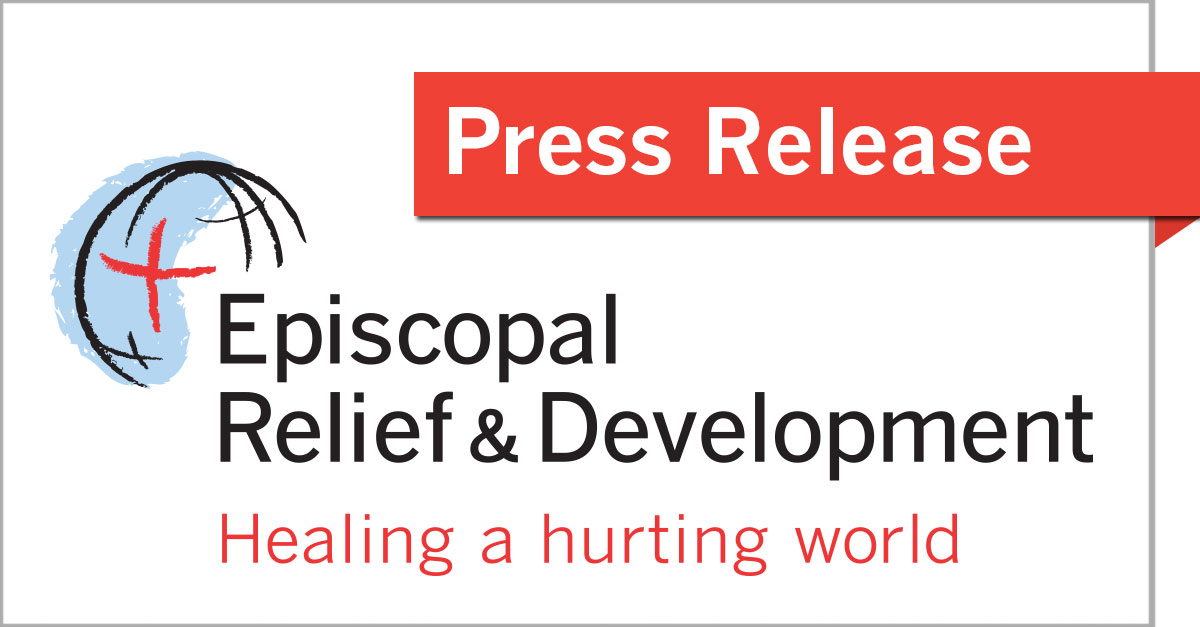Episcopal Asset Map to Connect, Unite Episcopalians in Ministry
 March 10, 2015
March 10, 2015
Episcopal dioceses across the United States are invited to establish and expand their digital presence on the Episcopal Asset Map, a joint project of the Domestic and Foreign Missionary Society and Episcopal Relief & Development.
The Episcopal Asset Map (www.episcopalassetmap.org) is an online platform showing the location and ministries of Episcopal churches, schools and institutions throughout the United States. Pins appear on a map interface, with scan and search functions allowing users to explore their local area or the entire country. Clicking on a pin (or a link from the list view) provides contact information and descriptions of programs at that particular location.
“The Asset Map is a visual catalog of The Episcopal Church at large, enabling diocesan leaders, church members and church seekers alike to see at a glance and in depth what the Church’s presence looks like in their area, both infrastructure and programs,” said Abagail Nelson, Episcopal Relief & Development’s Senior Vice President of Programs. “It has wide-ranging potential to facilitate the development of new ministries and partnerships, and support the mobilization of resources and expertise.
The project began with pilot maps in the Episcopal Diocese of Louisiana in 2012 and the Diocese of New York in 2013. Episcopal Relief & Development’s US Disaster Program worked with leaders in both dioceses to build an online platform to catalog and celebrate the ministries and facilities in their dioceses. Now, these maps serve as models for other dioceses to get involved in building their own presence.
“In 2012, I started working with Katie Mears from Episcopal Relief & Development to create a mapping platform for all of our churches, schools and ministries,” said Karen Mackey, Communications Coordinator for the Episcopal Diocese of Louisiana. “It’s been a tremendous resource for us as a diocese, and wonderful to see it adapted for the Diocese of New York, and now as a national platform. I look forward to getting to know the ministries of dioceses across the country, and discovering new ways to continue to learn from one another!”
As of March 2015, 16 dioceses (California, the Central Gulf Coast, Chicago, Colorado, Eastern Michigan, El Camino Real, Georgia, Los Angeles, Louisiana, Maryland, Nevada, New Jersey, New York, Northern California, Northern Indiana and Virginia) are actively participating in the Episcopal Asset Map and many more are beginning the process. Once a diocesan bishop agrees to participate and appoints up to three administrators, Asset Map team members provide training and support to facilitate successful implementation. A simple web-based survey, which can be filled out by anyone with knowledge of the programs, collects information about each location plotted on the map. Images and videos can also be uploaded to provide a detailed description of activities. A diocesan map administrator moderates all submissions before they appear on the location’s page.
“I deeply value the important work diocesan and local leaders have put into building the Episcopal Asset Map thus far, and hope that more dioceses will join in the coming months,” said The Rt. Rev. Stacy Sauls, Chief Operating Officer of The Episcopal Church and Ex-Officio Board Member of Episcopal Relief & Development. “I know that both The Episcopal Church and Episcopal Relief & Development are supporting this endeavor with training and resources to encourage widespread participation. The collaboration and partnership between these two important service organizations of The Episcopal Church is a great asset to our mission. It is very exciting to watch the map bloom with information that will lead to new connections, partnerships and ministries.”
Among the available promotional resources is a short video illustrating how to use the asset map, starring “Sally” – a character who wants to start a community garden at her church. Viewers can follow along with Sally as she searches for help using the map, makes a new friend at a nearby congregation, starts her garden and then updates her church’s page with its new ministry.
“The Asset Map will help tell the stories of some of the truly inspiring Gospel ministry being done in local contexts across the country,” said The Rev. Canon E. Mark Stevenson, Domestic Poverty Missioner for the Domestic and Foreign Missionary Society. “Episcopalians on the front line of mission will be the driving force behind this resource as it continues to develop for many years to come.”
Additionally, the Episcopal Asset Map has particular utility for disaster preparedness and response. The map can show churches and other locations that might be at risk of flooding or near where a tornado has touched down, and what nearby ministries or facilities could be mobilized to help. Increasing collaboration and building on existing resources and expertise are key outcomes supported by the availability of information through the map.
“Utilizing information from the map, diocesan leaders will be able to advise on how to quickly and accurately assess needs and resources in an impacted area,” said Katie Mears, Director of Episcopal Relief & Development’s US Disaster Program. “Coordinating a response is much easier when you can instantly see on a map where the nearest food pantry or shelter ministry is. Adding this information to the map can be an important part of disaster preparedness for any congregation or diocese.”
The Episcopal Asset Map will continue to develop throughout 2015. Dioceses wishing to participate or learn more should contact The Rev. Canon E. Mark Stevenson (mstevenson@episcopalchurch.org) or Katie Mears (kmears@episcopalrelief.org).
For more information about the Justice and Advocacy Ministries of the Domestic and Foreign Missionary Society, visit http://www.episcopalchurch.org/page/justice-and-advocacy-ministries
Episcopal Relief & Development works with more than 3 million people in nearly 40 countries worldwide to overcome poverty, hunger and disease through multi-sector programs that utilize local resources and expertise. An independent 501(c)(3) organization, Episcopal Relief & Development works closely with Anglican Communion and ecumenical partners to help communities rebuild after disasters and develop long-term strategies to create a thriving future. In 2014-15, the organization joins Episcopalians and friends in celebrating 75 Years of Healing a Hurting World.


